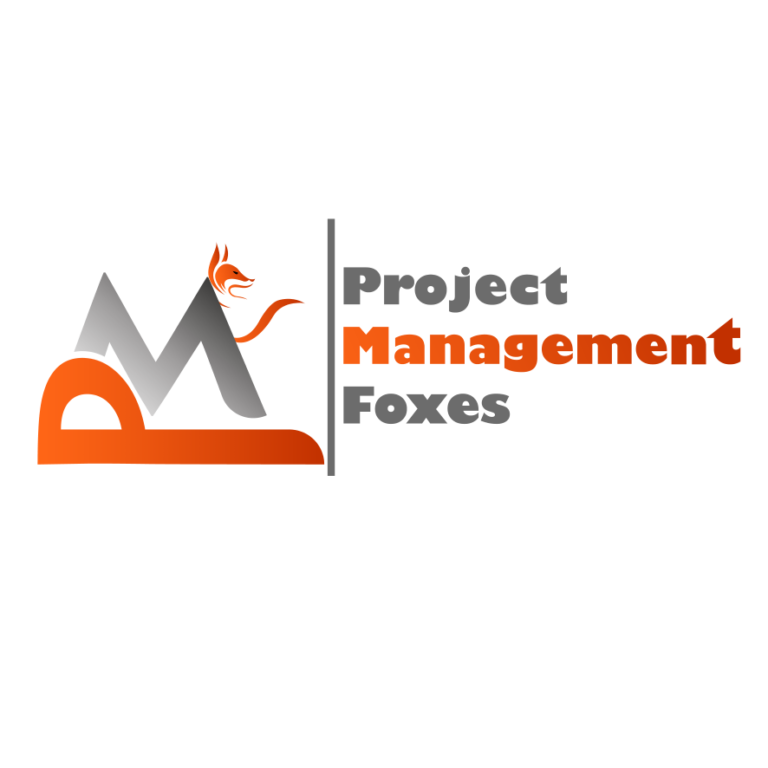Course Details
Program Management Professional (PgMP)

Businesses are constantly juggling multiple projects in order to generate revenue. While each project has a dedicated manager, who is responsible for overseeing the project and ensuring every undertaking is managed with optimization and is moving the business closer to organizational goals, the program manager is strategic professional whose job is to both oversee and coordinate the various projects a business is undertaking without directly managing them. Professionals with this Program Management Professional (PgMP) from PMI is a highly sought-after credential across industries and businesses of any size.
Learning Objective
- use tools and techniques to handle complex multiple related projects
- use the Program Lifecycle and its 54 processes, competencies, tools, and techniques with practical sample templates
- implement large-scale programs to align with business strategy
- Maximize project management concepts including resource allocation, budgets, schedules, and risks
- Implement large-scale programs to align with business strategy
- Tackle issues faced in large scale project implementation by learning through practical examples
- Communicate, motivate and hone leadership skills
- Fulfill organizational vision through project management knowledge
Pre – Requisites
- A Secondary Degree (High school diploma, associate’s degree or the global equivalent)
- 48 months of project management experience or PMP
- 84 months or program management experience over the last 15 years
OR
- A four-year degree
- 48 months of project management experience or PMP
- 48 months of program management experience over the last 15 years
Course Contents
Task 1: Perform an Initial Program Assessment
Task 2: Establish a High-Level Road Map with Milestones and Preliminary Estimates
Task 3: Define the High-Level Road Map/Framework
Task 4: Define the Program Mission Statement by Evaluating the Stakeholders’ Concerns and Expectations
Task 5: Evaluate the Organization’s Capability by Consulting with Organizational Leaders
Task 6: Identify Organizational Benefits for the Potential Program Using Research Methods
Task 7: Estimate the High Level Financial and Non-financial Benefits of the Program
Task 8: Evaluate Program Objectives
Task 9: Obtain Organizational Leadership Approval for the Program
Task 10: Identify and Evaluate Integration Opportunities and Needs within Program and Operational Activities
Task 11: Exploit Strategic Opportunities for Change
Task 1: Develop the Benefits Realization Plan and its Measurement Criteria
Task 2: Identify and Capture Synergies and Efficiencies Identified Throughout the Program Life Cycle
Task 3: Develop a Sustainment Plan that Identifies the Processes, Measures, Metrics, and Tools Necessary for Management of Benefits Beyond the Completion of the Program
Task 4: Monitor the Metrics
Task 5: Verify that the Close, Transition, and Integration of Constituent Projects and the Program Meet the Benefit Realization Criteria
Task 6: Maintain a Benefit Register and Record Program Progress
Task 7: Analyze and Update the Benefits Realization and Sustainment Plans
Task 8: Develop a Transition Plan to Operations
Task 1: Identify Stakeholders
Task 2: Perform Stakeholder Analysis
Task 3: Negotiate the Support of Stakeholders
Task 4: Generate and Maintain Visibility for the Program and Confirm Stakeholder Support
Task 5: Define and Maintain Communications Adapted to Different Stakeholders
Task 6: Evaluate Risks Identified by Stakeholders
Task 7: Develop and Foster Relationships with Stakeholders
Task 1: Develop Program and Project Management Standards and Structure
Task 2: Select a Governance Model Structure
Task 3: Obtain Authorization(s) and Approval(s)
Task 4: Evaluate Key Performance Indicators (KPIs)
Task 5: Develop and/or Utilize the Program Management Information System, and Integrate Different Processes as Needed
Task 6: Regularly Evaluate New and Existing Risks that Impact Strategic Objectives
Task 7: Establish Escalation Policies and Procedures
Task 8: Develop and/or Contribute to an Information Repository
Task 9: Identify and Apply Lessons Learned
Task 10: Monitor the Business Environment, Program Functionality Requirements, and Benefits Realization
Task 11: Develop and Support the Program Integration Management Plan
Attendees will get a training certificate after the completion of the course to satisfy the no of training hours needed in the eligibility requirements
